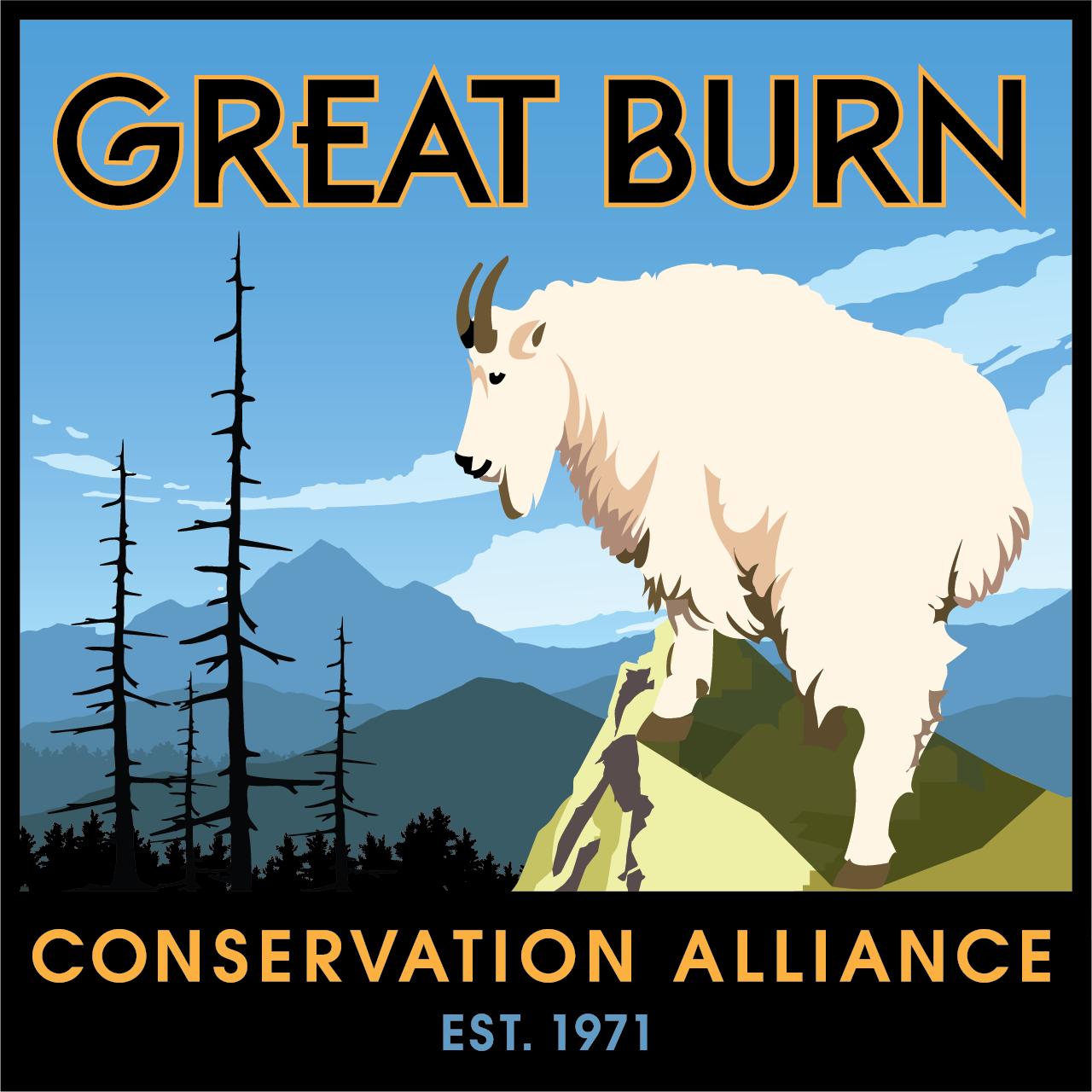For Immediate Release: Friday, January 10, 2025
Contacts:
Hayley Newman, Great Burn Conservation Alliance Executive Director: hayley@greatburn.org
Brad Smith, Idaho Conservation League Conservation Director: bsmith@idahoconservation.org, 208.345.6933 x 403
Maddy Munson, Wild Montana Public Lands Director: mmunson@wildmontana.org
Chris Ryan, Retired Forest Service, Northern Region: Wilderness Program Manager: mcryan2010@gmail.com
New Land Management Plan for the Nez Perce-Clearwater National Forests rolls back protections for wildlands and wildlife
Kamiah, ID — Today, the United States Forest Service (USFS) approved a new Land Management Plan for the combined Nez Perce-Clearwater National Forests, replacing two outdated management plans from 1987. While an update was long overdue, the new plan represents a significant setback for the wildlands and wildlife of the Bitterroot Mountains and the Clearwater Drainage.
One of the most troubling aspects of the plan is its treatment of the Great Burn Roadless Area, spanning the Idaho-Montana border. Managed as recommended wilderness since the 1970s, the Forest Service has now removed substantial acreage from the Great Burn’s north and south ends, around Hoodoo Pass and Goat Lake. These areas have been subject to illegal snowmobile use in recent years, and instead of enforcing existing restrictions to protect wildlife and habitat, the agency has chosen to legitimize this activity by excluding the areas from the Great Burn Recommended Wilderness.
“By gutting one of the largest recommended wilderness areas in the contiguous United States, the Forest Service has turned its back on imperiled and sensitive species that depend on these lands for survival,” said Hayley Newman of the Great Burn Conservation Alliance. “This plan demonstrates a troubling disregard for conservation ethics and fails to protect critical habitat for keystone and threatened species like wolverine, mountain goat, and grizzly bear.”
The decision could also influence the ongoing revision of the Land Management Plan for the neighboring Lolo National Forest, which oversees the Montana portion of the Great Burn Recommended Wilderness. By removing protections from areas near Hoodoo Pass and Goat Lake, the Forest Service may set a precedent for similar actions on the Lolo side of the Great Burn.
“It’s incredibly disappointing that the Forest Service has decided to go against its own longtime management recommendations and remove protections from the Great Burn to legitimize illegal snowmobile use,” said Maddy Munson of Wild Montana. “We hope the Lolo National Forest, currently revising its plan, will uphold its commitment to managing the Great Burn as recommended wilderness, as it has for nearly 40 years.”
“The Forest has jeopardized permanent protection of the largest, most significant roadless area in the Northern Region, to provide a few elite snowmobilers and mountain bikers a play area,” said Chris Ryan, retired USFS Northern Region Wilderness Program Manager. “To add fuel to the fire, the forest has established boundaries between the motorized and non-motorized areas that are impossible to distinguish on the ground, making it difficult for even an honest snowmobiler to adhere to the closures.”
The new plan also fails to include protective standards for wolverine, mountain goat, and grizzly bear. These species rely on secure habitats for denning, winter range, and feeding, but they are increasingly displaced by snowmobiles and off-road vehicles encroaching on critical areas.
Additionally, the Forest Service has determined that the North and South Fork Clearwater Rivers are unsuitable for protection under the Wild and Scenic Rivers Act. This decision ignores the fact that approximately two dozen potential dam sites have been identified on the North Fork above Dworshak Reservoir and another dozen on the South Fork.
“The Forest Service’s conclusion that the North and South Fork Clearwater Rivers are not suitable candidates for protection under the Wild and Scenic Rivers Act doesn’t pass the laugh test,” said Brad Smith of the Idaho Conservation League. “These rivers are exactly the kinds of iconic waterways that Congress intended to protect when it passed the Wild and Scenic Rivers Act.”
The approval of the plan follows decades of public engagement, beginning in 2003. Despite consistent input and advocacy from conservation groups throughout this process, the plan rolls back critical protections for some of the region’s most cherished wildlands and wildlife. The plan will go into effect in 30 days, and it will likely not be revised again for two to three decades.
Overall, the conservation community is disappointed by this decision, but will continue to advocate for the many special areas and wildlife in the Nez Perce-Clearwater Forests.
The full plan can be viewed here: https://www.fs.usda.gov/detail/nezperceclearwater/landmanagement/planning/?cid=fseprd1206684
###
The Great Burn Conservation Alliance envisions a wild and resilient Great Burn ecosystem that supports the communities, flora and fauna that call this region home. GBCA’s mission is to foster the connection between people and place to further conservation and stewardship in the Great Burn ecosystem.
ICL’s mission is to create a conservation community and pragmatic, enduring solutions that protect and restore the air you breathe, the water you drink, and the land and wildlife you love.
Since 1958, Wild Montana has been uniting and mobilizing people across Montana, creating and growing a conservation movement around a shared love of wild public lands and waters.

